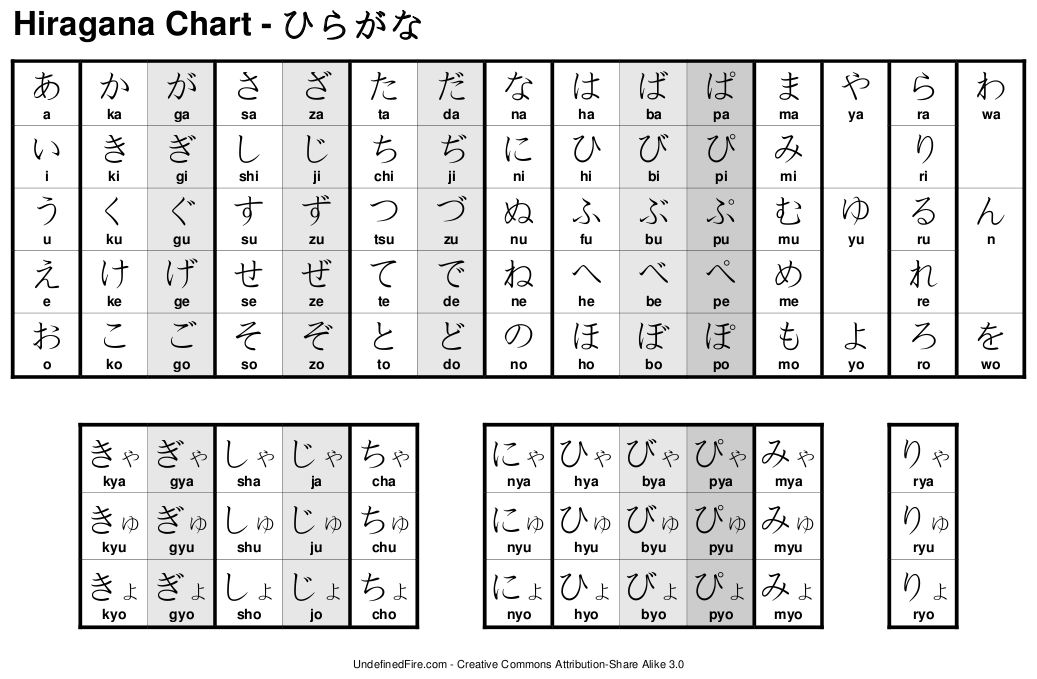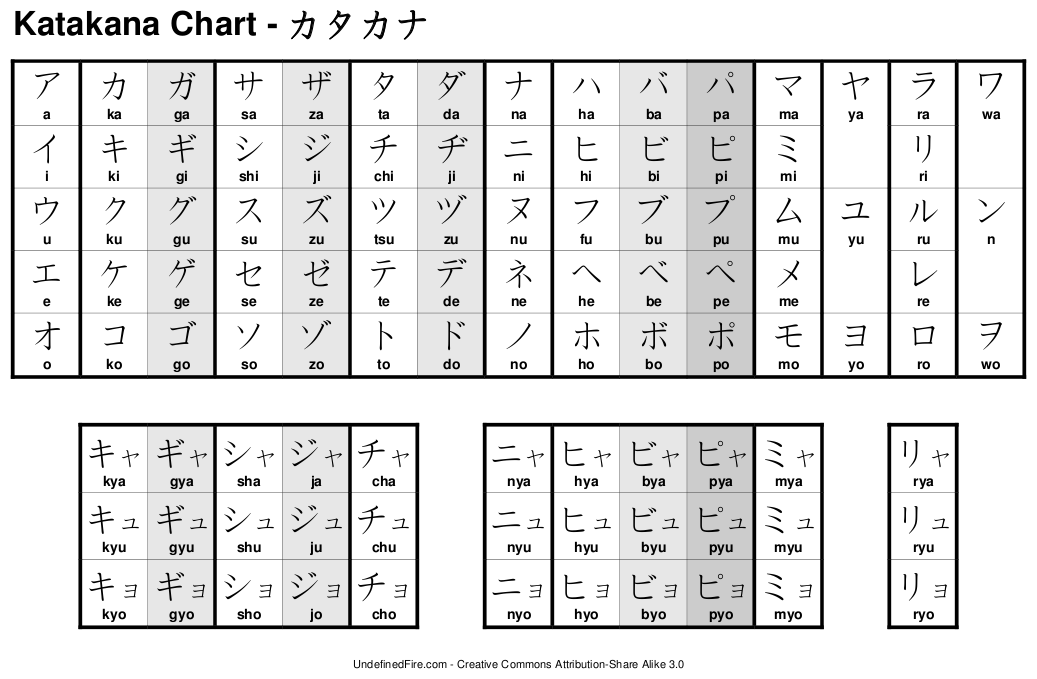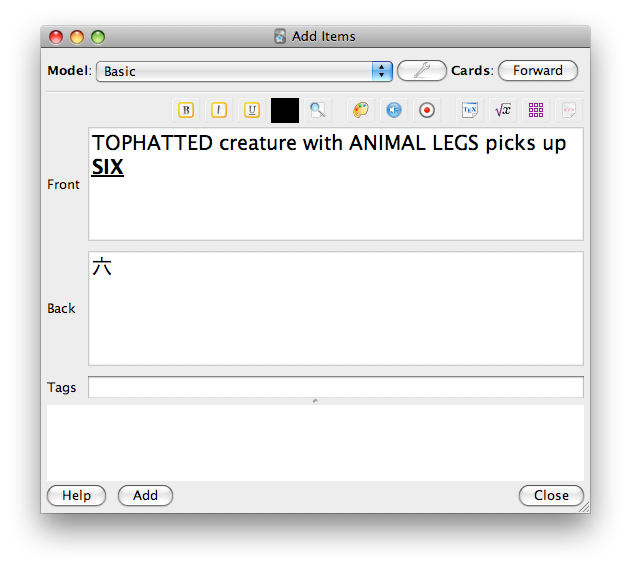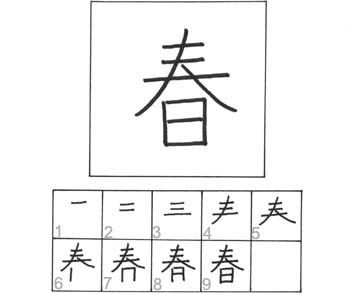So I was reading a magazine called, “NewScientist” or something along those lines. Honestly, most of it is over my head, but I saw an article called, “The mind of a botnet.” and the following just came to me for no apparent reason.
Category Archives: Educational
How not to PM Staff: Part 2
Received in one our our PMs:
From ________ on _____ on ______
apparently [moderator 1] and [moderator 2] aren’t :unsure.gif:
[… rest of message …]
It might not have occurred to some users yet, but we staff members do talk to each other. The last thing you want to do is try to bypass a mod/admin’s decision and get things done your way by asking another mod/admin.
We may get on each other’s nerves once in awhile, or crack jokes at each others’ expense, but that’s not the ticket for you to try to pit us against each other. In fact, doing so is likely to produce the opposite effect, i.e. putting your request on lower priority, or on an unwritten blacklist.
Here, I’ll ignore the obvious foolishness of questioning a mod/admin’s competence and writing off the competence of other staff members. If you’re asked by a staff member to do something, do it and don’t try to ask another staff member to approve/grant it without resolving the issue. We don’t bypass each others’ decisions (except occasionally, by accident), so just don’t even think about it.
Learn Japanese (Kana Time!)
Well…it’s been 十四日 since our last lesson…
I hope all of you are still studying your kanji every 日! (Quitters never prosper)
Today, we will be exploring the world of Hiragana and Katakana!
Both are Japanese syllabic alphabets, but each is used for different words or situations.
(Side note: both alphabets together are referred to as “Kana”)
Hiragana is the traditional Japanese alphabet. It is used for standard Japanese words, adjectives, and verb endings. Katakana is a different set of characters that represent the same syllables as hiragana, but they are used for words of foreign origin that have found their way into the Japanese language (words such as milk, orange, television, etc).
You may have heard a character in an anime say a word that you very nearly recognize as an English word, but it sounds slightly different. This would be a typically be an “imported word” and would be written in Katakana.
“But Cubesy, why on earth have two alphabets?! That’s just plain silly!”
Not really. Just think about it for a minute. You ALREADY know two alphabets.
You had to learn capital AND lowercase letters in English, right?
Just like with capital/lowercase letters, hiragana/katakana are used in different contexts and situations. Some of them even resemble each other!
Enough chit-chat, let’s dive into it!
Hiragana:

Katakana:

Print off a few hundred copies of those diagrams. Keep one in the car, one by the computer, one on the refrigerator, one in the sock drawer, one on the cat…
They are relatively easy to learn (MUCH more so than Kanji). If you’d like, you can even download premade decks for Anki to help you study! (Just scroll down to “Japanese” and download the kana deck of your choice)
Click me
A few things to take note of:
1) Keep in mind that the “vowel” sounds are pronounced:
A = “ah”
I = “ee”
U = “oo”
E = “eh”
O = “oh”
For instance, the color red is “あかい” and is pronounced “ah-kah-ee”
The imported word for sweater is “セエタ” and is pronounced “seh-eh-tah”
The list goes on…
2) As stated in the last lesson, the Japanese version of “r” isn’t pronounced the same as it is in English. Their “r” is more of a cross between a “d” and an “l”. If you listen closely to the dialog of your favorite anime, you can pick up on how this sounds.
3) Just as it is with any language, there are SOME exceptions to pronunciations. (Though not NEARLY as many as there are in English) For example, the Hiragana “は” (ha) can also be pronounced as “wah”, depending on it’s context. These rules are hard to explain, but will be understood later on down the road when you start studying sentences.
Good luck!
Keep on studying that Kanji and Kana,
and until next time…
さようなら! (Sayounara)
-Cubensis
Japanese Learning!
Greetings fellow students of the Japanese language!
How are those Kanji studies coming along?
Remember to keep on practising! There’s no room for slacking here…
After last week’s intensive study presentation, I thought it’d be nice to take some time to relax. This blog we’ll be studying traditional Japanese greetings! Both greeting and parting phrases are highly important in Japanese culture. It’s a good thing to know your greetings so you don’t appear to be ignorant/idiotic!
Let’s dive in, shall we?
Ohayou gozaimasu (Good Morning)
Pretty self-explanatory. Use when greeting someone in the morning. It’s important to note that the “u” in “masu” is practically silent. Basically it just puts more emphasis on the “s”.
goh-zah-ee-mah-sss
Konnichi wa (Good Afternoon)
Again, self-explanatory. Used in afternoon/daytime.
Koh-n-ni-chi-wah
Konban wa (Good Evening)
Greeting used during the evening/nightime.
koh-n-bahn-wah
Oyasuminasai (Have a good rest, goodnight)
Said right before bedtime.
oh-yah-sue-mee-nah-sah-ee
Douzo yoroshiku (I ask that you treat me kindly)
This is a strange one, but it’s what you say after meeting someone for the first time. Essentially the English equivalent of “Nice to meet you”. It sounds weird to say “I ask that you treat me kindly” when translated, but you have to remember it’s perfectly normal in Japan. Note: The Japanese don’t pronounce “R” the same way. The Japanese “R” is almost a cross between a “D” and an “L”
Doh-oo-zoh-yoh-(r)oh-shi-koo
Ogenki desu ka? (Are you well?)
The equivalent of “how re you going”. Pretty self-explanatory. Don’t forget about those silent U’s!
oh-gehn-ki-deh-sss-kah
Hai, genki desu. (Yes, I’m well)
Said in reply to “Ogenki desu ka?”
High-gehn-ki-deh-sss
Sayounara/Sayonara (Goodbye)
Said when parting ways with someone for an extended period of time.
Sigh-yo-nah-(r)a
Ittekimasu (I’m leaving, but I’ll be back)
This is usually said when leaving one’s own home.
The second “t” is nearly silent. It’s as a sort of “half syllable”
Eat-tehk-ee-mah-sss
Itterasshai (Have a good time. See you later)
Said in response to Ittekimasu.
Eat-teh-rah-shy
Tadaima (I’m Home)
Said when you arrive home.
Tah-Die-Mah
Okaerinasai. (Welcome Home)
Said in response to Tadaima.
Oh-kah-(r)ee-nah-sigh
We’ll leave it at that. 🙂
They are hundreds (if not over 9000) traditional Japanese greetings/phrases, but this should give you a good start. Use them at a moments notice to surprise your friends, family, neighbors, and/or enemies!
Until next time, keep practicing that Kanji!
-Cubensis
Let’s Learn Japanese! (The Right Way)
Greetings fellow Japanese language enthusiasts!
Cubsey has been thinking a lot about language lately. How it is learned, why it used, why on earth would I want to spend the time to learn it. Everyone has their own reason/motivation for wanting to learn a language, but the most important thing is HOW you learn it. If you (like me) strive to learn Japanese (to whatever extent), then hop on board! We are about to embark on a beautiful journey.
I recently came across a website that forever changed my views on how I wanted to learn Japanese.
All Japanese – All The Time
(Our good friend iindigo from the BxT forums gave hint into this website in his forum post A Fast Way to Learn the Base 2000 Kanji.)Basically, this website was written by a guy named Khatzumoto, who taught himself to become completely fluent in Japanese in only 18 months. I strongly STRONGLY suggest you read through his site if you have even the faintest interest in learning Japanese.
His words of advice will also be serving as a guideline for the BxT lessons as well.
So, where do we start? Well…the answer is: KANJI!!!
Whip out those writing utensils, because we have over 9000 of them to learn!
“But Cubsey, thats impossible.”
Rubbish! Those kinds of thoughts are irrelevant and will only hold you back!
They key to success is
1) Believing in yourself and that you CAN do it.
2) HOW they are learned.
So, without further ado, I present to you The Helsig Method.
First off, it would be wise to check out iindigos post on this. The relevant topic
Without getting into too much detail, this method basically assigns a story to each Kanji with clues of what the kanji looks like.
What will you need to accomplish this?
1) You will need to download a software program called Anki (its free).
Where to get Anki
Essentially, Anki is a software flashcard system, but what makes it unique is that YOU judge how well you did with each card, and the program will choose the appropriate time to review said card. This is referred to as a Spaced Repetition System (SRS).
2) You will need This text file: The required text file
3) You will need a notepad and a writing utensil of your choice.
4) You will need to devote time DAILY to studying, if you hope to get anywhere.
How much time? Thats completely up to how fast and how much you want to learn.
Once you have downloaded and installed Anki, its time to setup your study deck.(Go ahead and open up that rtf file from earlier.)When you first open up Anki, you will see an Add Material button. Go ahead and click on that to begin building your deck. Im going to quote iindigo on how this is done.
“Creating new cards in Anki is easy. As seen below, just write your mnemonic story in the Front portion of the card and its corresponding kanji on the back. Whatever you do, DO NOT put the kanji on the front of the card. Underline and bold the kanjis keyword (definition) for emphasis.”

“Once you are finished with the card, click Add and start on the next card. Continue until you have hit whatever number of Kanji that you want to study for that day.”
Be sure to save your deck. 😉
Once you’re done inputting your cards you will notice anki has changed to a screen with study options. This is where you select how many new cards you want to learn per day. How many should you do? That’s completely up to you! I personally do 30 new cards a day. iindigo does 50!
That may be a bit much for a casual Japanese learner, so 5 new kanji a day should suffice quite nicely.
When you are ready, click on Start Reviewing.
Pull out that notepad and writing instrument, and based on the story, try to write/draw what you think the kanji looks like. When you have written it down, click the Show Answer button.
So, how did you do? This is the part where you have to judge yourself. I usually click Again if I completely screwed up the kanji, Hard if it looks sloppy or was difficult to remember, Good if it was…well..GOOD, and Easy if I COMPLETELY knew what the kanji looked like and would remember its meaning if I saw it on the street. Remember, Anki will keep track on progress FOR you (assuming you are honest with yourself). Anki will automatically add new cards to your review everyday (assuming you inputted them).
Good luck my friends. This really is a brilliant method of learning. I walked into my local Asian store the other day, and I was ACTUALLY able to decipher product labels.
Its a good feeling to see how you have progressed through your studies.
Remember, this is just the FIRST step.
Theres A LOT more ground to cover!
But, we shall continue our studies during the next blog.
Again, I strongly encourage you to read through the All Japanese All the Time website. Its a mountain of incredible knowledge and advice that simply cant be found anywhere else.
(Ill have to work it out with “da boss” first, but we may offer kanji challenges and prizes later on down the road!)Until next time, keep on studying!
-Cubsey
Ps: I should mention that if youre studying only a few cards a day (lets say..less than 15) you may want to change the Review Schedule in Anki.
With Anki open, go to Settings>Deck Properties and open the Advanced tab.
In there, you can change the Interval of when a card shows up again.
Youll want to make it sooner if you are studying less cards.
Play around with the setting a bit until you feel comfortable with it.
Kanji Time
Let’s Learn Japanese!
Whip out those ink stones and ink brushes…
It’s time for the official BxT Blog kanji lesson!
Lent your inkstone to the neighbor? Any writing utensil will do.
For those of you who may or may not know, kanji is one of the 3 written Japanese alphabets. (The other two being Hiragana and Katakana) Kanji is a very mysterious and beautiful beast. Each pictogram represents an idea or word, and changes meaning when combined with other ideas or words. Sound complicated? It is. But with a bit of practice and a little luck, you too can start taming the beast and firm your grasp over the Japanese language!
Let’s begin:
The three kanji we are learning this blog are Sky, Time, and Spring.
Sky

sky
Meanings: sky, air, empty
On-reading: kuu
Kun-reading: sora, a(ku), kara
Time

time
Meanings: time, duration, period, hour
On-reading: ji
Kun-reading: toki, ~doki
Spring

spring
Meanings: spring, spring of life, youth
On-reading: shun
Kun-reading: haru
You may be asking: What’s with this On-reading/Kun-reading business? In a nutshell, it’s how the kanji is pronounced, depending on its usage. “On” readings are typically used when the kanji is combined with other kanji to form a compound. “Kun” readings are typically used when the kanji is used on its own. We’ll delve more into this topic in later lessons.
Hope you enjoyed this brief introduction into the massive world of kanji!
Get out those writing utensils and practice practice practice!
Free virtual hifives to everyone who participates. ^^
